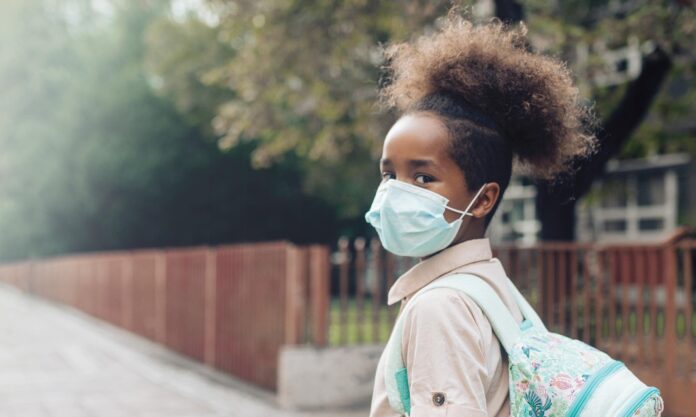Particulate matter (PM) is the term for microscopic particles that occasionally exist in the air we breathe. These particles are composed of hundreds of different compounds and come in a variety of sizes and forms. A few are less than 2.5 micrometers in size. They go by the name of PM2.5. These are invisible to the naked eye, but they are inhaled.
The majority of pollution-related health issues in the US are caused by PM2.5 combined. However, not every PM2.5 is made equally. There are some that are especially harmful, and the quality of the air around you might vary greatly depending on where you live.
Research supported by the NIH has produced some significant results about the effects of air quality on various communities.
Pollution and racial segregation
Excessive exposure to PM2.5 disproportionately affects communities of color, who bear the unjust brunt of poor air quality. This discrepancy is associated with racial residential segregation, which occurs when individuals of different races reside in distinct neighborhoods for social, economic, or discriminatory reasons. Living in these places can put residents’ health at greater risk when pollution levels rise.
An investigation conducted in 2022 sought to determine the distribution of PM2.5’s most hazardous elements among various communities. They found that the air in racially segregated, predominantly Black counties not only had higher levels of PM2.5, they also had higher concentrations of toxic metals compared to air in racially integrated communities.Most of these hazardous metals were produced by people and had the highest concentrations (e.g., from industrial activity, garbage burning, and car exhaust).
Cancer may develop as a result of exposure to some harmful metals. Additionally, it can harm the nerve system and brain. This indicates that a large number of communities of color inhale air that is both contaminated and laden with dangerous substances.
There is cause for optimism: cleaner fuel laws, for example, have the potential to significantly enhance air quality. In addition to lowering pollution inequities, this can enhance the health of the most vulnerable communities.
Air pollutants and asthma attacks in urban youth
An ongoing lung disease that causes inflammation of the airways is asthma. Breathing becomes difficult and may result in coughing, wheezing, or shortness of breath. Hospital stays or trips to the emergency department may be necessary for severe asthma attacks. Among the triggers are:
- Environmental allergens (such as pollen, dust mites, and pet dander)
- Viral infections (such as cold, flu, and COVID-19)
- Poor air quality
Kids in lower-income urban neighborhoods are more likely to experience frequent asthma attacks. A study discovered a link between outdoor air pollution and asthma attacks in children and teenagers living in those areas.
Over 200 kids and teenagers were tracked for this study in nine different US cities by researchers. They discovered a link between moderate concentrations of two air pollutants and nonviral asthma attacks, or attacks that are not brought on by respiratory viruses: ozone and fine PM. These pollutants are often highest in areas with heavy traffic and industrial activity.
Additionally, researchers observed alterations in the genes involved in airway inflammation in those kids and connected those alterations to increased air pollution levels. This may demonstrate the physiological effects of pollution and the potential for attacks.
This is one of the first studies to link certain air contaminants to asthma attacks that are not viral. It emphasizes the significance of clean air for human health.
A concerning link between pollution and dementia risk
A recent study found a connection between air pollution and the risk of developing dementia as we age.
The data in this study were collected as part of the Health and Retirement Study, which follows older adults’ health over time.
Researchers from the University of Michigan analyzed health data from over 28,000 persons in the country who were 50 years of age or older with information regarding air quality. They discovered a concerning correlation between extended exposure to PM2.5 and a higher chance of dementia.
Greater air pollution was associated with dementia development in those who lived in such places. They also had a higher probability of being non-White and from lower socioeconomic backgrounds. The most vulnerable were those who were exposed to air pollution from open fires and farms. According to these results, lowering air pollution, especially from certain sources, may lower the risk of dementia in later life.

